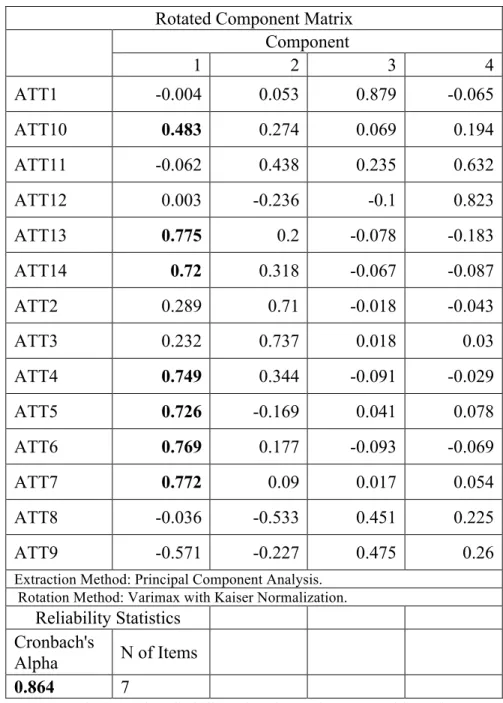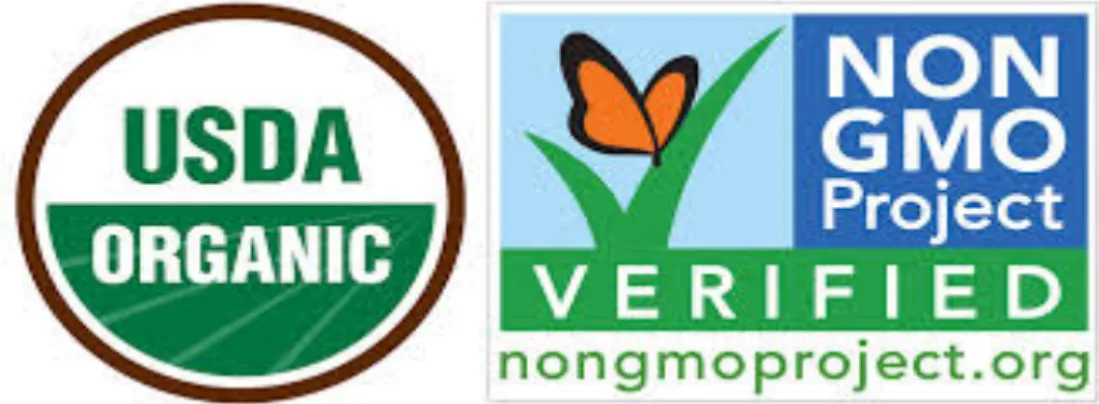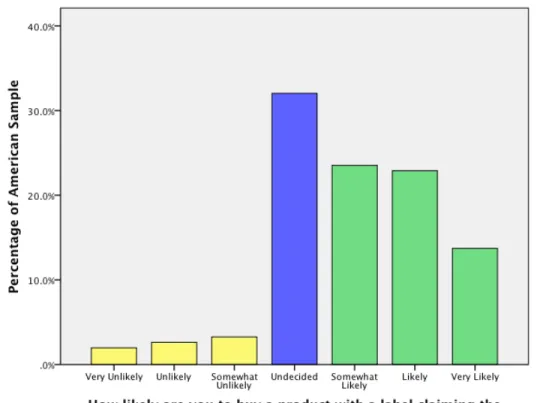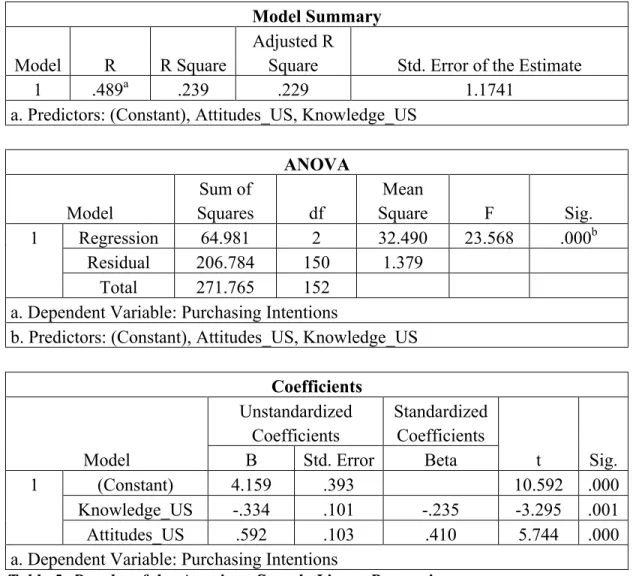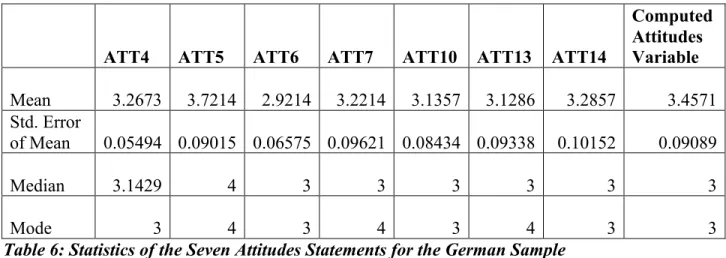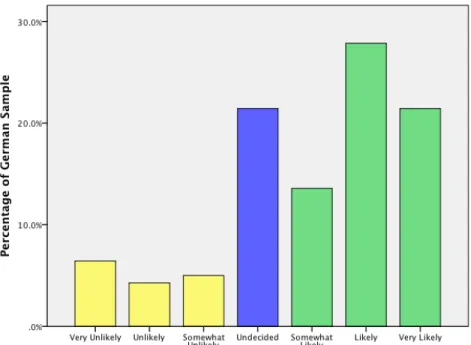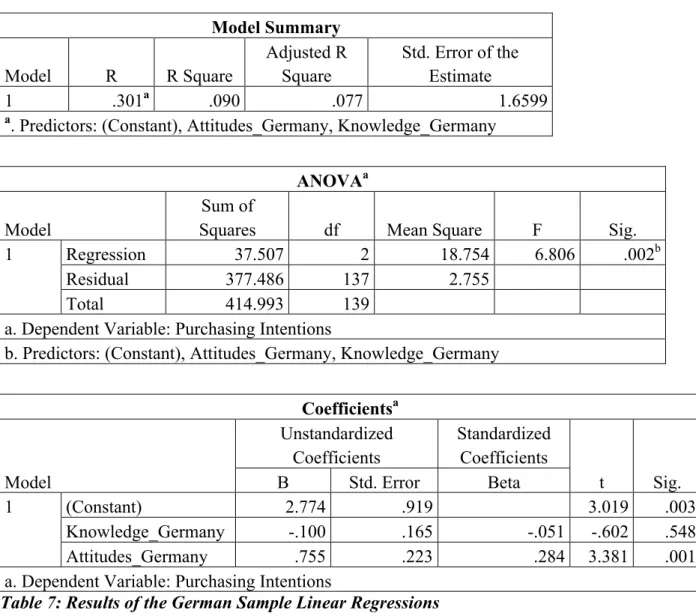Therefore, in this dissertation I focus on consumers in Germany and the United States and their attitudes and knowledge towards GMOs. I analyzed the responses of more than 300 usable participants from both Germany and the United States and compared the findings. As a child growing up in the Mississippi Delta, I experienced firsthand the joys of a little girl running through the lush vegetation, planting and harvesting her own plants.
Living in the Delta gave me a unique opportunity to learn, appreciate, how to add the proper parts of fertilizer to the soil. However, over the past decade, I have watched as major crop producers in the agricultural industry have steadily shifted from the traditional practice of planting and harvesting crops with the help of fertilizers, pesticides and herbicides to the production of genetically modified food (GMF).
Introduction
Theoretical Framework and Research Questions
The approach to safety assessment of GMFs in the United States focuses more on the quality of the product than on the output of the manufacturing process. I also noted that 65.4% of participants in the United States strongly disagreed or disagreed that the government had educated consumers about GMFs. It is hypothesized that this difference in purchase intentions is due to the different affective and cognitive attitudes experienced by consumers in Germany and the United States.
Next, I report on the dependent variable, purchase intentions, and provide a comparison of the linear regression results in Germany and the United States. I assumed the stability of the attitudes towards GMFs, the knowledge of GMFs and the purchase intentions of GMFs.
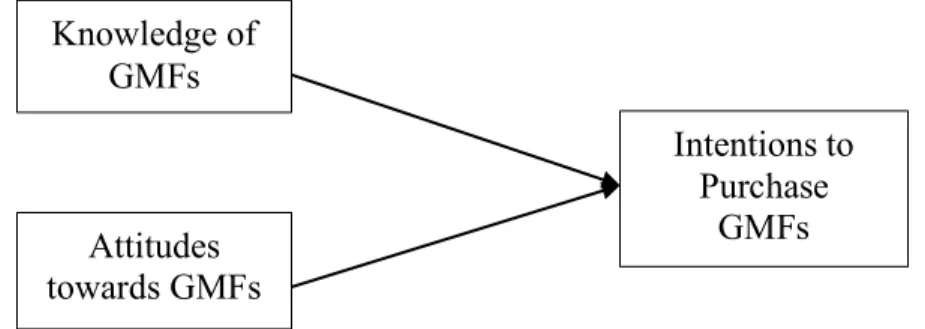
Research Design
Literature Review
Key Variables
As it is linked to health-related behaviour, knowledge is an independent variable of the model used in this study. The second independent variable used in the model of this study, consumer attitudes towards GMFs, is also a critical building block of the Health Belief Model. The dependent variable of my model reflects consumer purchase intentions in terms of the likelihood that a consumer will purchase a product with a label stating that the product contains no GM ingredients.
The three key variables adapted from the Health Belief Model (HBM) and described above are the key components of the model used in my thesis. The literature review in the following section is focused on the description of the key variables in my model and illustrates how these variables have been used in previous research on consumer intentions to purchase GMFs.
Literature Review Supporting My Model
Methodologies: The most common methodologies used in previous studies are surveys, questionnaires and mock auctions. Therefore, respondents in the study conducted by Noussair et al. 2004) in France was found to associate the absence of a label on a product with a low probability of genetically modified content. In the United States, a study by Teisl et al. 2002) found that participants were concerned that they did not know how wide the range of GMFs extended.
This study suggests that in the United States, knowledge and attitude are related and likely influence consumer purchase intentions regarding GMF. In the next section, I describe how my survey data were administered and collected to capture consumer attitudes and knowledge and their influence on the purchase intentions of GMF consumers in the United States and Germany.
Methods
- Overview
- Data Collection and Sample
- Measures of Independent Variables
- Measures of Dependent Variable
- Description of the Analytical Procedures
Additionally, I tested whether my data samples for Germany and the United States were representative of the true national populations of these countries. I also looked at whether the gender ratio in my samples was representative of the actual national population in Germany and the United States. The scale consisted of fourteen statements rated on a 5-point Likert scale ranging from "1 = strongly disagree" to "5 = strongly agree". Examples of questionnaire items include: “The production of genetically modified foods is not a natural process.
Results of the American sample Starting with the knowledge variable, the mean of the American respondents was equal to 2.37. I noticed that 54.3% of survey participants in Germany either strongly disagreed or disagreed that the government had educated consumers about genetically modified foods. Furthermore, 36.9% of the respondents chose the choice of the answer mode "2 = Disagree" when answering this statement "The government has educated consumers about genetically modified foods". The mean for this statement was M = 2.40.
The mean values for six out of the seven individual statements were greater than 3, med. Beginning with the independent variable knowledge, the results of the German and American samples are analyzed comparatively. In the US, 21.6% of the sample neither agree nor disagree with the claim, while 35.7% of German consumers are neutral.
The stability of the attitudes, knowledge and purchase intentions is limited due to time constraints. Psychosocial and cultural factors influencing the perceived risk of genetically modified foods: A review of the literature. Q18 Does your view of the environment influence your consumption behaviour, in relation to genetically modified food?
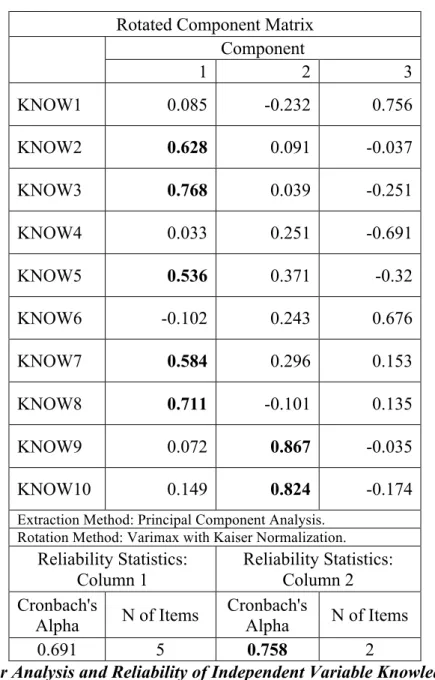
Results
Results of the Analytical Procedures
First, I provide the context for monitoring national results by presenting the results of aggregated data. This low level of agreement for the entire sample suggests that most consumers in both countries will not readily agree that it is. The means of these seven statements ranged between M = 2.69 for the statement "Genetically modified foods do not provide critical nutritional values" and M = 3.45 for the statement "Eating genetically modified foods is less pleasant than eating non-GMO foods." Mean values indicate a relatively moderate level of agreement for each of the seven statements assessing attitudes.
For the total data sample, M = 4.98 and the mode was "4 = Undecided." This event shows uncertainty among a large part of the respondents. The mean for the statement "The government has educated consumers about genetically modified foods" was M = 2.29, and M = 2.44 for the statement. The German sample is similar as 10.0% of respondents agree with the statement and 54.3% disagree or completely disagree.
The averages of six of the seven individual statements in Germany are greater than 3, and only one statement within the American attitude variable, "The production of genetically modified food is not a natural process that could harm nature," has a. In contrast, 25% of the German sample disagreed or strongly disagreed that all GMOs should be banned, compared to 62.1% of the American sample. Very close to Germany, 60.1% of the US sample is somewhat likely, likely or very likely to buy a non-GMO product.
Finally, the results of linear regression tests performed on national data samples are analytically compared. Significance indicates whether or not the independent variables are adequate predictors of the dependent variable. In Germany, the means of the attitude variables and the statements that make up this variable are consistently greater than the means in the United States, thus suggesting that negative attitudes are more common among German consumers.
As can be seen from a deeper analysis of the variable components of attitudes, Germans are more inclined than Americans to agree that all GMOs should be banned. I used the responses of the German and American data samples as representative of the entire population.
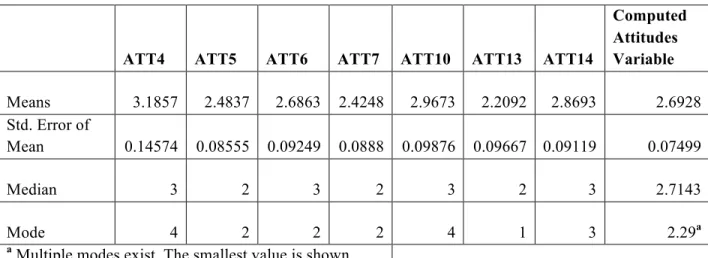
Comparative Analysis of the United State and Germany Samples
Discussion
Summary of Findings in Relation to the Hypothesis
Implications
In the United States, I believe the government is afraid of this shaky ability to label products containing GM ingredients. However, I also believe that consumers should have the right, not the privilege, to know what is in the food they consume. Therefore, the United States government should create policies that take into account the views of consumers.
Focusing on the motives of the anti-GMO groups and the growth of big corporations (e.g. Monsanto) has, in my opinion, taken away the right of consumers to know exactly what they are consuming, including how it was made. As a result of changing policies to provide more information to consumers, the transatlantic gap over GMFs between the US and Europe would steadily decrease. Consumers' right to choice would then have an important value during the policy-making process, and GMF's regulatory system in the US would most likely begin to mirror the system in Germany and the EU.
The consumer decision in the United States has the potential to increase the market for organic, conventional foods and decrease the market share held by GMF. To this end, another implication of the current research is that, unless the United States changes its current labeling scheme, there will always be tension between Europe and the United States in the field of agro-biotechnology and GMFs. The German fear of GMFs is based on a cultural identity and the value of consuming foods that are said to be natural or come from nature, not from a laboratory.
Attitudes, not knowledge, play the biggest role in consumer purchase intentions in Germany, and the government has considered these attitudes when creating institutions and policies to regulate GMFs. In contrast, the United States system is based on favoring the big manufacturing and biotech companies, not the consumers. I believe the only way for the transatlantic divide to reduce is for the regulatory system of the United States to make policies that protect consumer rights to a choice about what to consume, not the desire of large corporations.
Limitations and Future Research
Consumers' cognitions regarding genetically modified foods: Results of a qualitative study in four countries. What consumer surveys and experiments reveal and hide about consumer preferences for genetically modified foods. Genetically modified (GM) food is food that comes from organisms whose genetic material (DNA) has been modified in a way that does not occur naturally, e.g.
Question 12 How likely are you to agree with this statement: I would describe the relationship between quality of life and the consumption of genetically modified foods as negative. Precaution: I do not want to consume genetically modified food because I do not know its effects on my health and the environment. I will now consume genetically modified food and hope that its consequences will not be serious in the future.
He has a negative attitude towards genetically modified foods, but he also knows little about these foods. Q26 Choose the percentage below for the probability that she will check product labels to see if she is buying genetically modified grains. She has a negative attitude towards genetically modified foods, but she is also very knowledgeable about these foods.
Q28 Choose a percentage below for the probability that she will check product labels to see if she is buying genetically modified grains. He has a positive attitude towards genetically modified foods, but he also knows little about these foods. Q30 Choose a percentage below for the probability that she will check product labels to see if she is buying genetically modified grains.
She has a positive attitude towards genetically modified foods, but also has a lot of knowledge about these foods. Q32 Choose a percentage below for the likelihood that she will check product labels to see if she is buying a genetically modified cereal.
